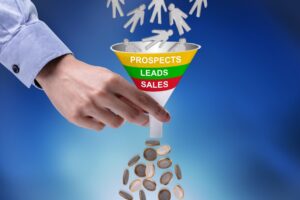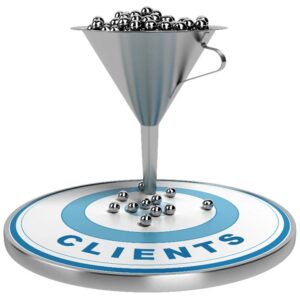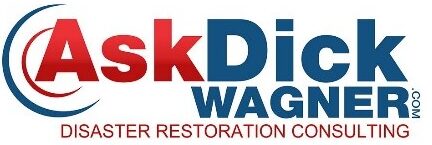We need to work smarter and more efficiently in today’s business landscape.
The marketing and sales funnel has long been an initial and important concept in the world of business development. From awareness to action, the funnel visually and deliberately represents the passage of a potential client from stranger to loyal buyer. While the primary idea of guiding leads through stages of engagement remains sound, today’s digital-first environment and rapidly evolving buyer behaviors demand a more nuanced, dynamic, and personalized approach to the traditional funnel model.
action, the funnel visually and deliberately represents the passage of a potential client from stranger to loyal buyer. While the primary idea of guiding leads through stages of engagement remains sound, today’s digital-first environment and rapidly evolving buyer behaviors demand a more nuanced, dynamic, and personalized approach to the traditional funnel model.
To make the sales and marketing funnel more effective and valuable today, marketers must rethink both the makeup and purpose of each stage of the process. This involves combining technology, leveraging data, focusing on personalization, aligning sales and marketing teams, and nurturing relationships beyond the point of purchase.
In the traditional funnel, the top is about building awareness through broad marketing strategies. Today, mass marketing is being replaced by precision targeting. Tools like social media advertising, search engine optimization (SEO), and pay-per-click (PPC) allow businesses to attract more qualified leads from the start. By using data to target prospects based on their demographics, behaviors, and online activity, companies can fill the funnel with leads that are already closer to being a good fit—ultimately improving conversion rates.
Also, content marketing has become a powerful force at the top of the funnel. Rather than generic outreach, businesses should be offering high-value, informative content—blogs, videos, podcasts, webinars, and more—that addresses specific pain points. This positions the company as a trusted advisor rather than a seller, building credibility early in the process. You remember the saying… credibility builds trust, trust creates sales.
 The middle of this funnel is where prospects weigh options, and this is where most leads are lost because those options are usually One-size-fits-all campaigns. They are no longer sufficient or work well. Instead, personalized email marketing, dynamic website experiences, and AI-driven recommendations can help move leads down the funnel more effectively.
The middle of this funnel is where prospects weigh options, and this is where most leads are lost because those options are usually One-size-fits-all campaigns. They are no longer sufficient or work well. Instead, personalized email marketing, dynamic website experiences, and AI-driven recommendations can help move leads down the funnel more effectively.
Here’s how automation can help. Marketing automation platforms allow for scalable, yet personalized outreach based on user behavior. For example, a prospect who downloads a whitepaper about mold remediation might be automatically enrolled in an email sequence offering related case studies, testimonials, and service explanations. This type of behavior-triggered nurturing keeps prospects engaged while tailoring the message to their specific interests.
In addition, using lead scoring models helps prioritize leads based on their readiness to buy, allowing sales teams to focus their energy on high-potential opportunities rather than wasting time on cold leads.
One of the biggest inefficiencies in the funnel is the handoff between internal marketing and the sales team. When these teams operate in silos, leads can fall through the cracks. Today’s successful organizations break down these barriers by creating shared definitions of what comprises a qualified lead, using CRM and marketing systems, and holding both teams accountable for revenue goals.
Traditionally, the funnel ends with a conversion, or in the case of restoration route marketers – a referral to a potential job. One thing we need to remember, the relationship doesn’t stop at the sale. Businesses that invest in post-purchase engagement, such as onboarding, client support, and loyalty programs, create advocates who generate referrals and repeat business.
User-generated content, reviews, and testimonials from happy customers can also help feed the top of the funnel, creating a very good cycle of trust and growth. Besides, by examining the customer journey after the sale, businesses gain valuable insights into what’s working and what needs to improve upstream in the funnel.
The REALITY: The funnel still matters, but it must evolve. Today’s most effective sales and marketing funnels are data-driven, personalized, aligned across departments, and continuous. By updating the funnel with the tools and tactics available today, businesses can generate more qualified leads, engage prospects more meaningfully, get job referrals faster, and retain clients longer, transforming the funnel from a static model into a dynamic growth engine.
N ationally recognized coach, consultant, trainer, and speaker
ationally recognized coach, consultant, trainer, and speaker
Creator of the renowned PREP™ pre-disaster program
Co-owner of The CREST Network, LLC
Copyright© 2025 AskDickWagner, LLC All Rights Reserved
No Part Of This Document May Be Reproduced In Any Form Without Written Permission
